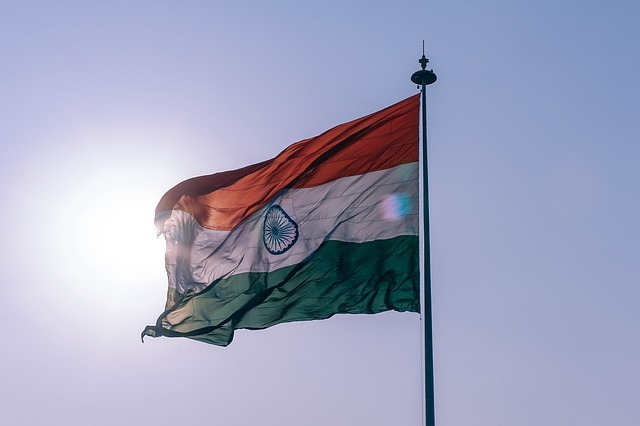
Remember the ISA elections in college? Imagine that time 100,000.
On April 11th, the world’s largest democracy (India) kicked off their election and it is set to end on the 19th of May. With a population of 1.3 billion people, they have set up 1 million polling stations across the country with the maximum voting booth being no more than1.25 miles away (by law). If you thought Lagaan was a nail-biter, so are the Indian elections.
India has 29 states and the Indian Parliament is known as the “Lok Sabha” (translation: House of the People) which is the lower House of the Parliament. There are 543 elected seats. Since 900 million voters have to go to the polls means the elections take a while to complete.
The Indian election is held in seven phases (see image) and the winner will be announced on May 23rd. The current, controversial and cow lovin’ Prime Minister Narendra Modi (he officially banned the slaughter of cows driven by religious motivation) is the front-runner for the Bharatiya Janata Party (BJP). He is running for a second time for another five-year term. Prime minister Modi’s opponent is the leader of the opposition party, the Congress Party, Rahul Gandhi. And if you followed the 2014 elections, you probably remember Arvind Kejriwal who was described as the “Bernie Sanders of India”. He launched the Aam Aadmi Party (Common Man’s Party) in 2012, however this year, the AAP has formed an alliance with the JJP (Janayak Janta Party). The AAP Party also fielded the first transgender candidate contesting Lok Sabha elections from a party in the Indian Elections saying the “AAP stood with the transgender community when no one else did.”
Key issues in this year’s election? Over the past five years, India became one of the fastest growing economies in the world, but the unemployment rate is high, hovering around 7.2%. Job growth is top of mind for Indian citizens. Also, agriculture employs about 50% of the country, but farmers are in major distress with looming debts and the rising costs of farm equipment and labor. And the ongoing dispute around Kashmir continues to be a key point of contention.
Tune in on May 23rd, to see who will be leading the second most populated country in the world.



 Ringing in Change: Sakhi’s Historic Achievement
Ringing in Change: Sakhi’s Historic Achievement Good Indian Girl, Sort Of: Sonya Soni
Good Indian Girl, Sort Of: Sonya Soni Ambika Mod Makes Us Bawl Our Eyes Out in ‘One Day’
Ambika Mod Makes Us Bawl Our Eyes Out in ‘One Day’